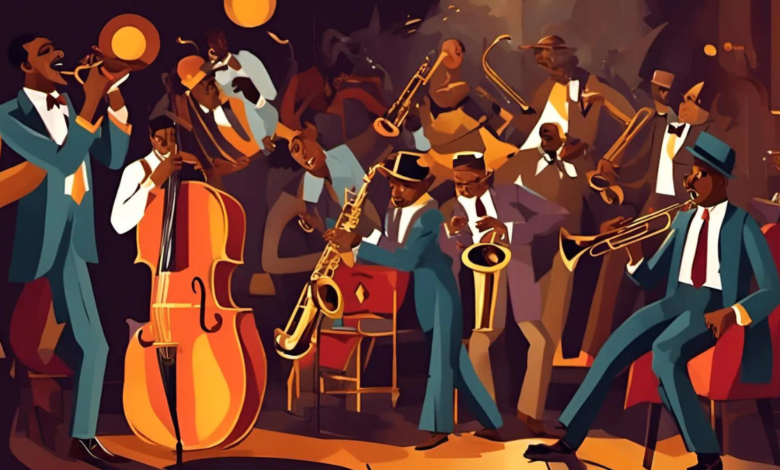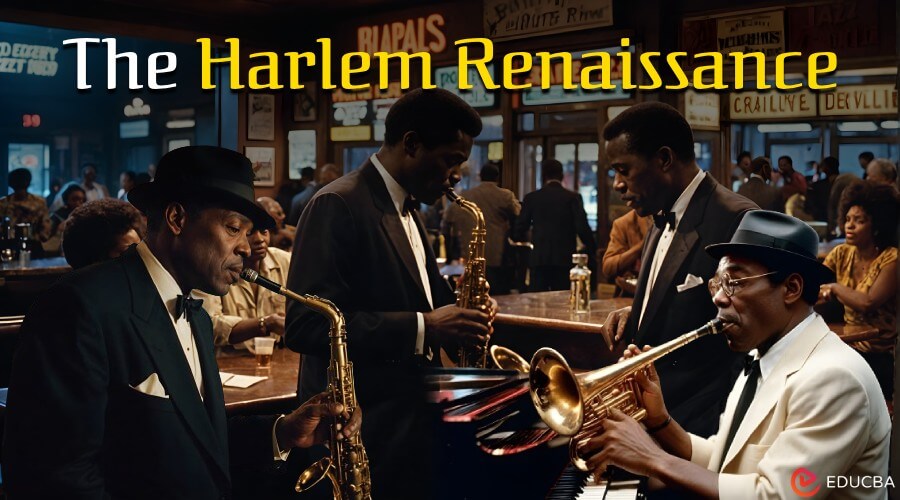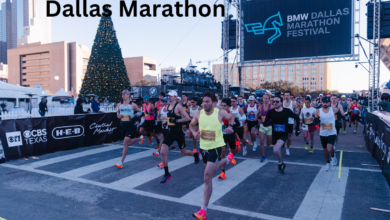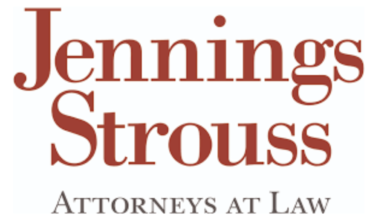Harlem Renaissance Music: The Soundtrack of a Cultural Revolution

The Harlem Renaissance music, which flourished during the 1920s and 1930s, was not just a literary and artistic movement; it was also a vibrant musical revolution that reshaped the landscape of American music. This period marked a time of profound cultural change, with African American artists, musicians, and intellectuals coming together to celebrate their heritage and challenge the status quo. Harlem became the epicenter of this movement, giving birth to new musical styles and genres that resonated across the nation. Let’s dive into the rich tapestry of Harlem Renaissance music, exploring its key figures, styles, and lasting impact on the world of music.
The Cultural Context of Harlem Renaissance Music

To truly appreciate the music of the harlem renaissance music, it’s essential to understand the historical and cultural context in which it emerged. The early 20th century was a time of significant social change in the United States. Following the Great Migration, a substantial number of African Americans moved from the rural South to urban centers in the North, seeking better opportunities and escaping the oppressive conditions of Jim Crow laws. Harlem, a neighborhood in New York City, became a sanctuary for this new wave of migrants.
In harlem renaissance music, a unique cultural milieu developed, fostering artistic expression and collaboration among African American artists. The music that emerged during this period was deeply rooted in African American traditions, drawing from blues, jazz, gospel, and spirituals. This blend of influences created a rich soundscape that reflected both the struggles and triumphs of the African American experience.
Moreover, the harlem renaissance music coincided with a time when jazz was gaining popularity, providing a backdrop for the evolution of new musical forms. As nightclubs and theaters began to flourish in Harlem, musicians found new platforms to showcase their talents, leading to the rise of iconic venues like the Apollo Theater. This vibrant environment allowed musicians to experiment, innovate, and reach diverse audiences.
Key Genres of Harlem Renaissance Music
The music of the harlem renaissance music was diverse, encompassing various genres that each played a vital role in shaping the cultural landscape of the time. While jazz often takes center stage, it’s important to recognize the rich tapestry of sounds that emerged during this vibrant era.
Jazz: The Heartbeat of Harlem
Jazz emerged as the quintessential soundtrack of the harlem renaissance music, characterized by its improvisational style and syncopated rhythms. The genre found its roots in African American folk traditions, incorporating elements of blues, ragtime, and even classical music. This unique blend created a dynamic sound that captured the essence of urban life.
Prominent figures like Duke Ellington, Louis Armstrong, and Count Basie became synonymous with the jazz movement. Ellington’s innovative compositions and arrangements pushed the boundaries of jazz, elevating it to a sophisticated art form. His orchestra, known for its vibrant performances at the Cotton Club, became a staple of Harlem nightlife, drawing in diverse audiences.
Louis Armstrong, often referred to as “Satchmo,” revolutionized jazz with his distinctive trumpet playing and charismatic vocals. His innovative techniques and improvisational skills set new standards for musicians, inspiring countless artists in the years to come. Jazz not only provided entertainment but also served as a powerful means of expression, reflecting the joys and struggles of African American life.
Blues: The Voice of the People
While jazz thrived in the clubs and theaters of harlem renaissance music, the blues offered a more personal and introspective form of musical expression. Originating in the Deep South, the blues conveyed the hardships and emotions of everyday life. This genre became a crucial part of the Harlem Renaissance, resonating with those who sought solace and connection through music.
Artists like Bessie Smith, often called the “Empress of the Blues,” brought the genre to the forefront of the movement. Her powerful voice and emotive performances captured the essence of the blues, addressing themes of love, loss, and resilience. Smith’s success helped pave the way for future generations of female artists, highlighting the importance of women in the blues tradition.
The blues also intersected with jazz during this period, leading to the creation of hybrid styles that blended the two genres. Musicians began to experiment with rhythm and structure, resulting in innovative compositions that showcased the rich emotional depth of both forms. The blues became a vital part of the Harlem Renaissance music scene, contributing to the overall cultural dialogue of the time.
Gospel: Spiritual Roots and Upliftment
Gospel music played a significant role in the cultural fabric of the harlem renaissance music, providing a source of spiritual upliftment and community connection. Rooted in African American religious traditions, gospel music conveyed messages of hope, faith, and resilience. During the Harlem Renaissance, the gospel became a powerful means of expression, reflecting the struggles and aspirations of the African American community.
Prominent figures like Mahalia Jackson emerged as iconic voices of gospel music during this period. Her powerful, soulful voice resonated with audiences, transcending racial boundaries and bringing the spiritual messages of the gospel to wider audiences. Jackson’s performances were often marked by a deep sense of authenticity and passion, inspiring listeners to connect with the music on a profound level.
Gospel music also influenced other genres, particularly jazz and blues. Many musicians incorporated gospel themes and styles into their work, creating a rich interplay between sacred and secular music. This blending of genres contributed to the dynamic musical landscape of the Harlem Renaissance, reflecting the interconnectedness of the African American experience.
Notable Figures in Harlem Renaissance Music
The Harlem Renaissance produced a wealth of musical talent that left an indelible mark on American music. Several key figures emerged during this time, each contributing their unique voice and style to the movement.
Duke Ellington: A Jazz Innovator
Duke Ellington stands as one of the most influential figures in jazz history. Born in Washington, D.C., he moved to New York City, where he quickly became a prominent figure in the harlem renaissance music scene. Ellington’s orchestra was known for its intricate arrangements and innovative compositions, blending various musical influences to create a distinct sound.
Ellington’s ability to bring together talented musicians and showcase their talents set him apart as a visionary leader. His compositions, such as “Mood Indigo” and “It Don’t Mean a Thing (If It Ain’t Got That Swing),” became jazz standards, demonstrating his remarkable ability to capture the essence of the genre. His contributions to jazz not only elevated the art form but also helped redefine the cultural landscape of the Harlem Renaissance.
Louis Armstrong: The Ambassador of Jazz
Louis Armstrong’s impact on jazz and popular harlem renaissance music cannot be overstated. Born in New Orleans, Armstrong’s early experiences with music laid the foundation for his groundbreaking career. His distinctive trumpet playing and innovative vocal style helped shape the direction of jazz during the Harlem Renaissance.
Armstrong’s performances were marked by a sense of joy and spontaneity, captivating audiences wherever he played. He introduced new techniques, such as scat singing, which allowed for greater improvisation and creativity in vocal performances. His ability to connect with listeners through his music made him a beloved figure, earning him the title of “Ambassador of Jazz.”
Bessie Smith: The Empress of the Blues
Bessie Smith’s powerful voice and emotional delivery made her one of the most iconic figures in the blues genre. Born in Chattanooga, Tennessee, she rose to fame during the Harlem Renaissance, captivating audiences with her heartfelt performances. Smith’s ability to convey deep emotions through her music resonated with listeners, allowing her to become a symbol of the struggles and triumphs of African American life.
Smith’s recordings, including classics like “Downhearted Blues” and “St. Louis Blues,” showcased her incredible vocal range and emotional depth. Her success not only paved the way for future generations of blues artists but also highlighted the significance of women in the music industry during the Harlem Renaissance.
The Influence of Harlem Renaissance Music on Later Generations
The music of the harlem renaissance music laid the groundwork for future musical movements and genres, influencing countless artists and styles that followed. Its impact can be seen across a wide range of musical landscapes, from jazz and blues to rock and hip-hop.
Jazz and Beyond The Evolution of a Genre
The innovations brought forth during the Harlem Renaissance set the stage for the evolution of jazz in the decades that followed. Musicians like Charlie Parker and Miles Davis drew inspiration from the improvisational techniques established by their predecessors, pushing the boundaries of jazz into new territories. The genre continued to evolve, giving rise to sub-genres such as bebop, cool jazz, and fusion.
Moreover, the cultural significance of jazz remained paramount, serving as a voice for the African American experience and a tool for social change. The genre became intertwined with movements for civil rights, reflecting the ongoing struggles and aspirations of African Americans throughout history.
The Blues Legacy: From Bessie Smith to Rock and Roll
The legacy of the blues also endured, influencing a myriad of genres, including rock and roll. Artists like Chuck Berry and Elvis Presley incorporated blues elements into their music, helping to shape the sound of rock in the 1950s and beyond. The emotional storytelling and raw authenticity of the blues continued to resonate, providing a foundation for countless musicians seeking to express their own experiences.
Furthermore, the influence of the blues can be seen in contemporary genres such as hip-hop and R&B. Artists like Beyoncé and Jay-Z draw on the emotional depth and cultural significance of the blues, connecting modern audiences with the rich history of African American music.
A Lasting Cultural Impact
Beyond musical evolution, the Harlem Renaissance had a profound cultural impact that continues to resonate today. The movement challenged societal norms and celebrated African American identity, paving the way for future generations of artists, musicians, and activists. The themes of empowerment, resilience, and self-expression that emerged during this period remain relevant in contemporary discussions around race, culture, and identity.
Today, the music of the Harlem Renaissance is celebrated not only for its historical significance but also for its artistic brilliance. Festivals, concerts, and educational programs continue to honor the legacy of this vibrant era, ensuring that the sounds of Harlem will echo through time.
Conclusion: The Enduring Legacy of Harlem Renaissance Music
The music of the Harlem Renaissance is a testament to the power of artistic expression and cultural resilience. It represents a pivotal moment in American history, where African American musicians and artists came together to celebrate their heritage and challenge societal constraints. From jazz and blues to gospel, the sounds of this era continue to inspire and influence musicians across genres.
As we reflect on the contributions of artists like Duke Ellington, Louis Armstrong, and Bessie Smith, it becomes clear that their legacies are not confined to the past. The music of the Harlem Renaissance remains a vital part of our cultural landscape, reminding us of the importance of creativity, community, and the power of music to uplift and unite.
In exploring Harlem Renaissance music, we not only honor the artists who shaped this movement but also acknowledge the ongoing journey of African American music and its profound impact on the world. The sounds of Harlem continue to resonate, reminding us of the beauty and complexity of the human experience.





